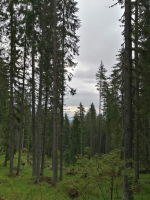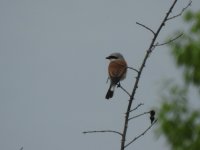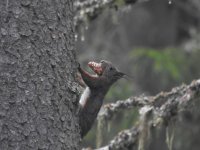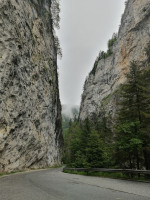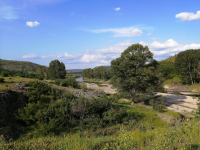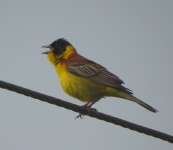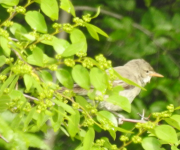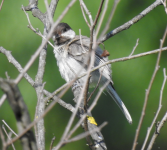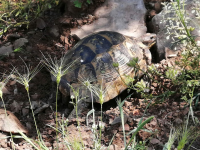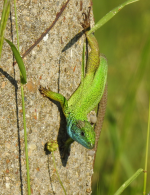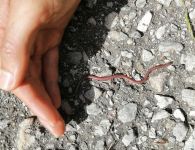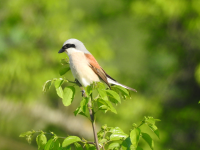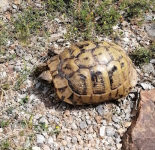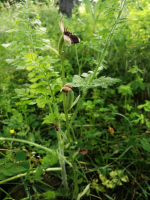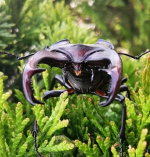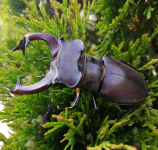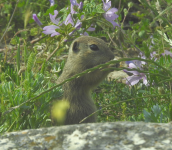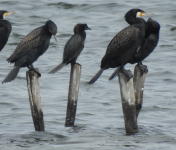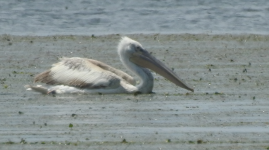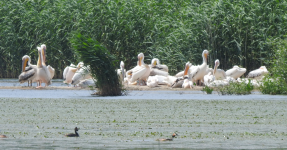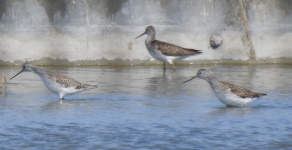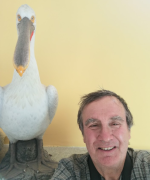John Cantelo
Well-known member
I've been visiting SW Europe (more specifically Cadiz Province) for years for my fix of continental birding but editing the "Crossbill Guide to the Rhodope Mountains" (i.e. Bulgaria) made me realise how many European lifers awaited me in the east (plus as many 21st century ticks). So in late May, I found myself on a flight that turned left towards Sofia instead of right to Andalucia. My knowledge of the area being seriously lacking and my hearing seriously duff, I booked a two-week break with local specialists Neophron Tours. There were four customers for the first week – Quintin and Lauren, Peter and myself – but for the second week, I was the only client (expensive but cheaper than coming back for a second tour!). Late May-early June is probably later in the year than ideal to explore the area, but I’d already organised my annual spring jaunt to Spain when I booked.
Day 1 - Monday 29th May
The tour started on May 29th with a drive up from Sofia into the Rila National Park some two hours south of the capital. These attractive mountains have an alpine feel with birds to match. Our twin targets for the day were Pygmy Owl and Hazelhen. We climbed up through conifer woodland seeing Nutcrackers (a century tick) en route and stopping several times to look for the owl and other denizens of pine woodlands. Happily, after several stops, we found the owl and had excellent 'scope views of it as it called sitting atop a large pine tree (not that I could hear it myself!). Pygmy Owl and Hazelhen were my two top targets for the trip so it was a relief to seeone of them on the first day. It was a feisty little fellow and well worth the trip alone. However, Hazelhen eluded us.
Shortly thereafter we reached Belmeken Reservoir which was set in an entirely different landscape of open short grass, small bushes and alpine ‘porcupine’ vegetation beyond which snowy mountains loomed. This area had many Wheatears, our first Red-backed Shrikes, Crossbill, Whinchat, Black Redstart and, somewhat surprisingly given the altitude, Susliks. Further down there were more pine woodlands and alpine meadows where Ring Ousels abounded. After fruitlessly searching more woodlands around the Yundola Ski School for Hazelhen, we headed for the nearby Tourist Complex Andela for our overnight stay.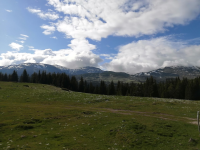
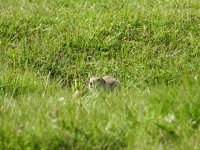
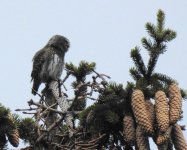
Day 1 - Monday 29th May
The tour started on May 29th with a drive up from Sofia into the Rila National Park some two hours south of the capital. These attractive mountains have an alpine feel with birds to match. Our twin targets for the day were Pygmy Owl and Hazelhen. We climbed up through conifer woodland seeing Nutcrackers (a century tick) en route and stopping several times to look for the owl and other denizens of pine woodlands. Happily, after several stops, we found the owl and had excellent 'scope views of it as it called sitting atop a large pine tree (not that I could hear it myself!). Pygmy Owl and Hazelhen were my two top targets for the trip so it was a relief to seeone of them on the first day. It was a feisty little fellow and well worth the trip alone. However, Hazelhen eluded us.
Shortly thereafter we reached Belmeken Reservoir which was set in an entirely different landscape of open short grass, small bushes and alpine ‘porcupine’ vegetation beyond which snowy mountains loomed. This area had many Wheatears, our first Red-backed Shrikes, Crossbill, Whinchat, Black Redstart and, somewhat surprisingly given the altitude, Susliks. Further down there were more pine woodlands and alpine meadows where Ring Ousels abounded. After fruitlessly searching more woodlands around the Yundola Ski School for Hazelhen, we headed for the nearby Tourist Complex Andela for our overnight stay.







